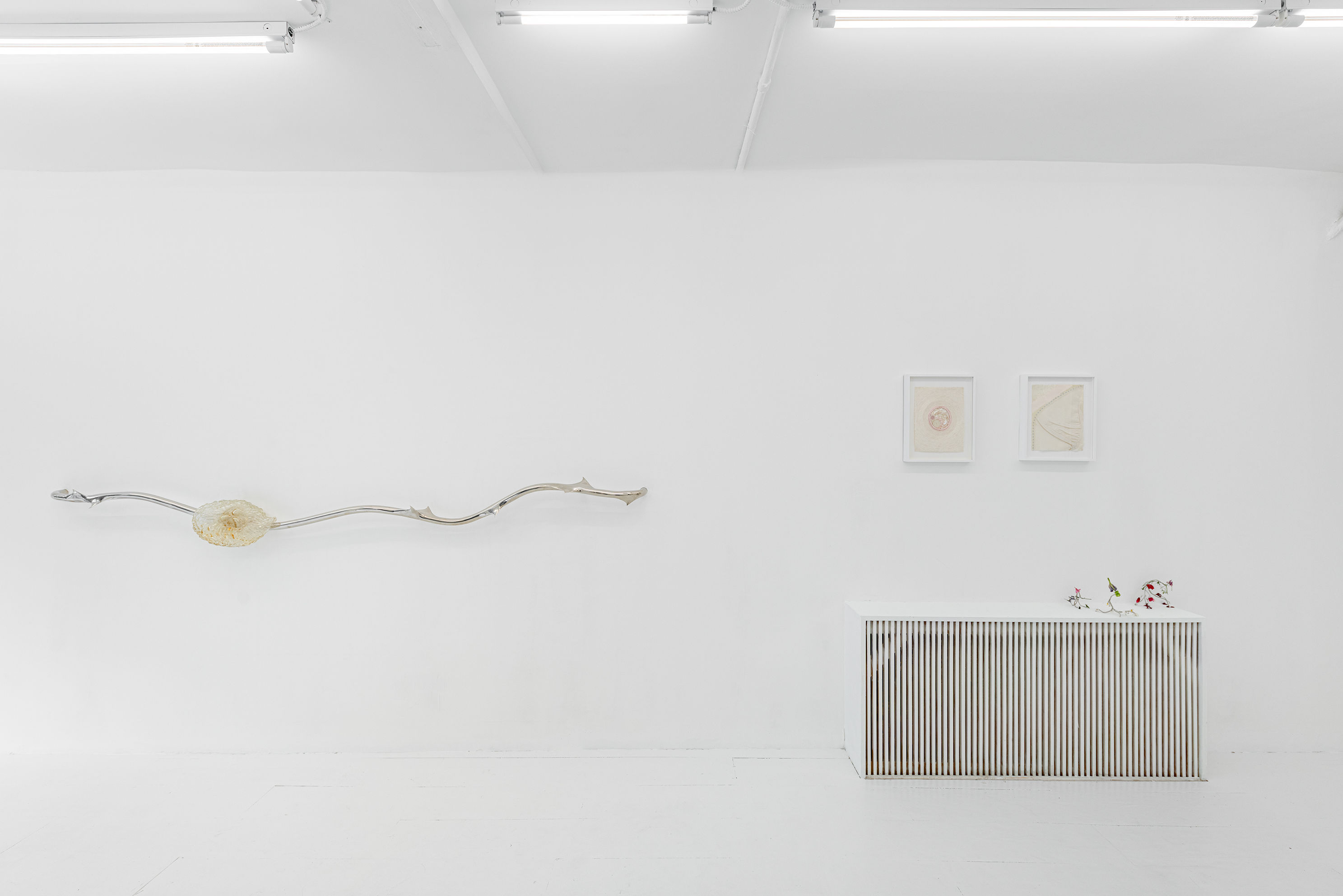TBA 2010: The People’s Biennial
As you may or may not know, TBA isn’t quite over. For the first half of October, the gallery installations at Washington High School (aka The Works) will remain open for viewing.
The biggest single attraction is actually an extremely diverse gallery show called The People’s Biennial, featuring works from Pennsylvania, North Carolina, South Dakota, Arizona—and the quaint and quirky state of Oregon. A multimedia hodgepodge featuring everything from children’s drawings to hoarders’ collections to "outsider" works to documentary film footage about bees, not everybody knows what to make of the collection, but everybody wants to talk about it. It’s a showcase so varied that it seems—for lack of a subtler term—random, and curators Harrell Fletcher and Jens Hoffmann seem to have crafted a mission statement that simultaneously dismisses the arts establishment, and exalts the unknown, perhaps on merit of that status alone.
"There’s good crazy and there’s bad crazy," says a hotdog vendor whose favorite TBA vis-artist is Storm Tharp. "Some of the ‘outsider’ stuff, if it’s just unusual, but it’s not really inspiring or interesting…then I don’t see why they picked it. Just because someone is emotionally disturbed, doesn’t make them an artist."
"[My grandson] draws just like that," said another visitor to one of the displays. "We should get his work in a gallery."
Indeed, in an exhibit that strives for inclusion, one wonders what the criteria for EXclusion must be. That’s the first of many questions that the Biennial raised over here at Culturephile. We thought we might as well share our musings with you, The People:
1. In such an inclusive exhibit, what pieces were EXcluded, and on what grounds?
2. Does this exhibit contend that "art is everywhere?"
3. Pantheists have been reported to say, "God is in everything—so why go to a church?" By the same logic: If art is everywhere, why go to a gallery?
4. If someone has acquired a well-preserved collection of artifacts, does that person become that collection’s "artist?" Or, to put it another way, where does "found art" end and "collection" begin?
5. There is undoubtedly an an art to educational filmmaking. But there is also an art to baking a pie. Fixing a car engine. Cutting hair. Should everything that can be done artfully, be displayed as "art?"
If so, is there enough gallery space and curatorial initiative in the world to sustain all the world’s "art?" And if not, where do we draw the line between vocation and inspiration?
6. Haven’t modern gallery-goers ever seen things like historical artifacts, amateur paintings, hoarders’ collections, or ethnic subject matter?
If not, do they lack families and friends, neighborhoods and yard sales, where they would naturally encounter such things? And what does that say about the segregation of society?
7. Will everyone who makes Lego spaceships, be thrilled that a gallery features a Lego exhibit, or be miffed that their work hasn’t been "discovered?" Or to put it another way, where does hobby-crafting end, and art begin?
8. Should every kid be proud that kids’ artwork is represented, or should every parent feel insulted that the display in the gallery so closely resembles the display on their home fridge—but offers no forum to their kids? Aren’t all kids special?
9. How did the masterful, precise black-and-white paintings get in this mix? Aren’t they too classically artistic?
10. Is the Biennial’s ultimate intention to set an example to galleries to host more off-the-wall work, or is the point to get arts appreciators to look outside the proverbial box more often?
Please feel free to supply your own answers, or add more questions to the pile. Or, if you have yet to visit the exhibit, get over there. There’s a lot to see.




